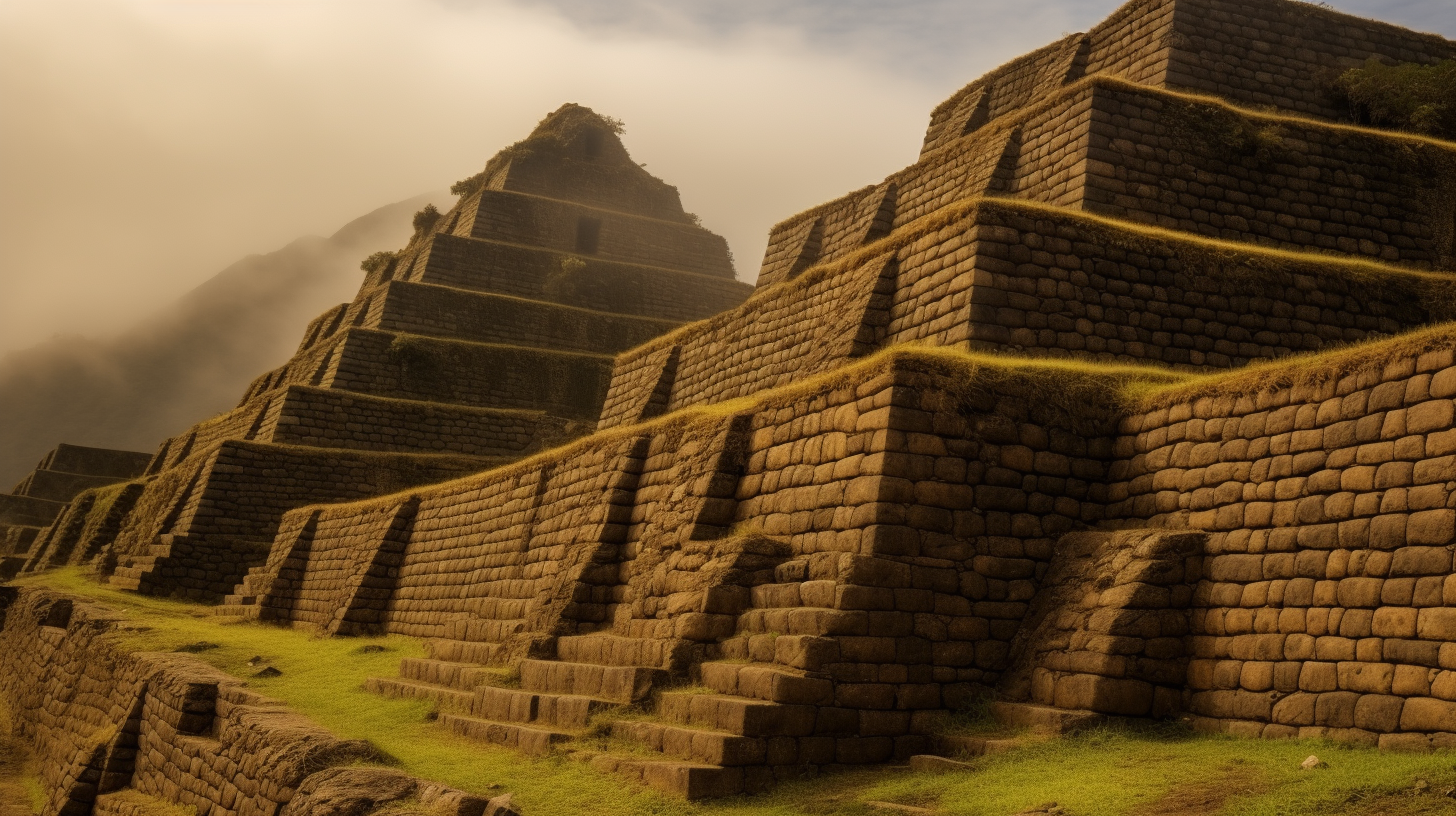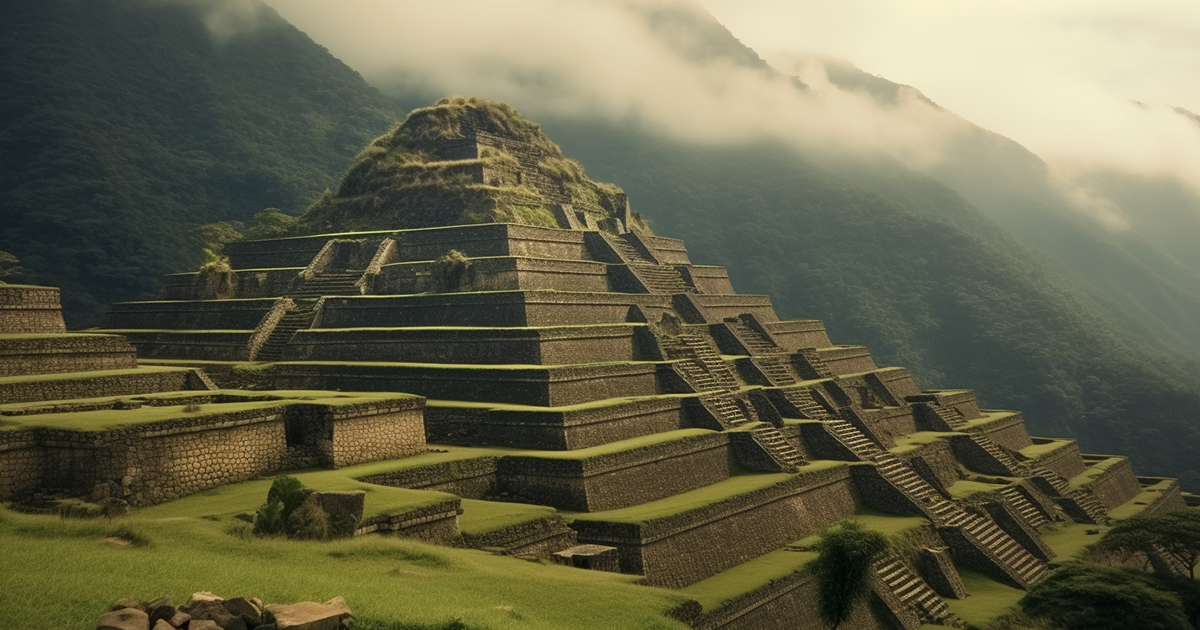When we think of pyramids, our minds often conjure up images of the majestic structures that dot the Egyptian landscape. However, what if I told you that the Egyptians were not the first to construct these incredible monuments? In a revelation that may come as a surprise to many, we find that a civilization in Peru, located in America, had already achieved remarkable feats of pyramid construction some 500 years before their Egyptian counterparts.
The traditional narrative of pyramid building is firmly rooted in ancient Egypt, where these iconic structures have captivated the imagination of people around the world for centuries. Yet, history is replete with mysteries and unexpected discoveries, and this is one such revelation that reshapes our understanding of the past.
Pyramids, as architectural marvels, are not unique to Egypt. They have emerged independently in different parts of the world throughout history. Among these, the pyramids of Peru stand as a testament to the ingenuity and engineering prowess of a civilization that thrived long before the pharaohs ruled the Nile.

Located in the coastal regions of Peru, the pyramids in question predate their Egyptian counterparts by half a millennium. These structures are a testament to the advanced knowledge and sophisticated building techniques possessed by the ancient Peruvians. Their pyramids, though different in appearance from the iconic Egyptian pyramids, are no less awe-inspiring in their own right.
One remarkable aspect of the Peruvian pyramids is their stepped design. Unlike the smooth, geometrically precise pyramids of Egypt, the Peruvian pyramids consist of several platforms or terraces, each rising slightly above the one below. This distinctive architectural style speaks to the unique cultural and engineering influences of the time.
The purpose of these Peruvian pyramids also differs from the Egyptian counterparts. While Egyptian pyramids were primarily built as tombs for their pharaohs, the Peruvian pyramids served a range of functions. Some were used for ceremonial and religious purposes, while others functioned as administrative centers or even as platforms for astronomical observations.
The Peruvian civilization’s ability to construct such pyramids challenges our conventional wisdom about the development of monumental architecture. It forces us to reevaluate the interconnectedness of ancient civilizations across the globe, as well as the exchange of knowledge and ideas that may have occurred over vast distances and time spans.
So, what led to this revelation about Peru’s pre-Egyptian pyramids? It is a testament to the enduring spirit of exploration and discovery in the field of archaeology. Recent excavations and research have shed new light on these ancient wonders, bringing their historical significance to the forefront.
In conclusion, the story of Peru’s pre-Egyptian pyramids is a fascinating chapter in the annals of human history. These remarkable structures challenge our preconceived notions about the origins of pyramid construction and prompt us to embrace the complexities of our shared past. They remind us that history is not a linear narrative but a rich tapestry woven from the threads of various cultures and civilizations, each contributing its unique piece to the puzzle of our collective heritage.

22 thoughts on “The Surprising Origins of Pyramid Building: Peru’s Pre-Egyptian Pyramids”
Comments are closed.